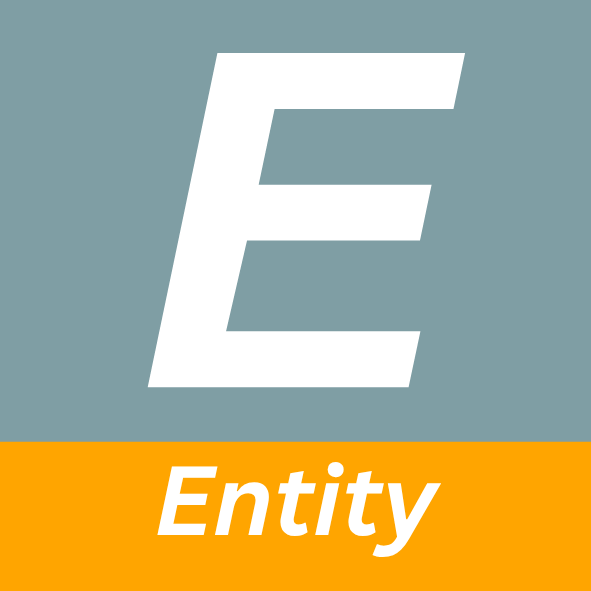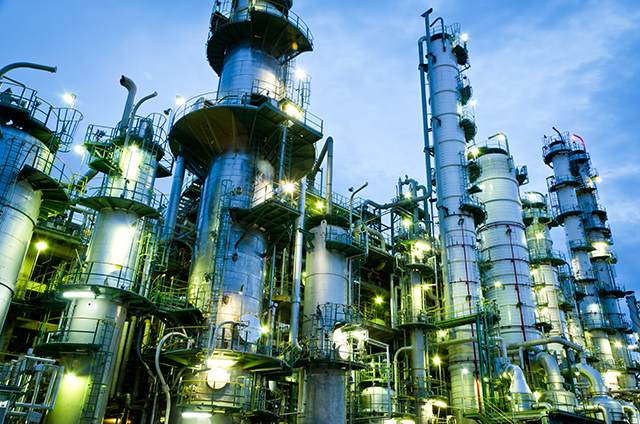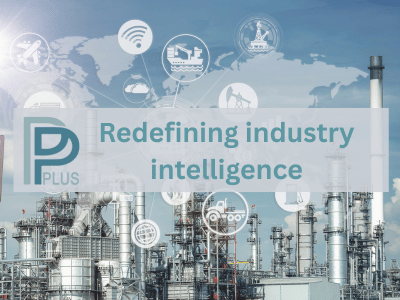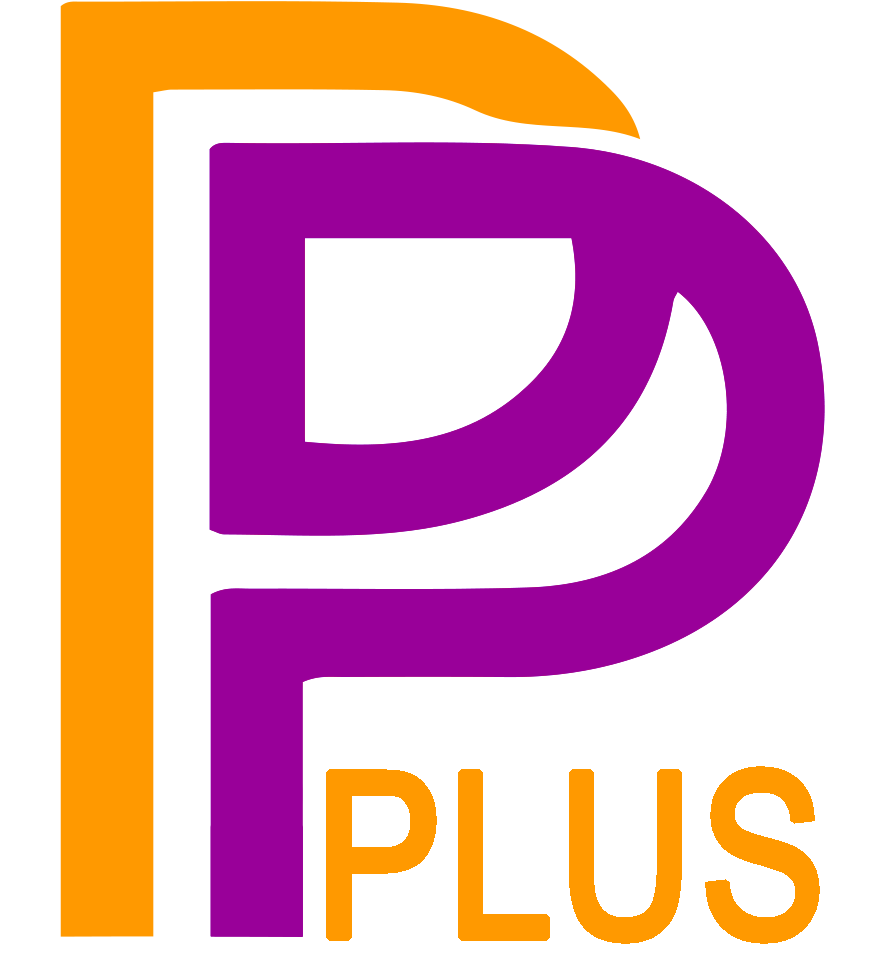Technology History
- The NOVOLEN® polypropylene technology was originally developed by BASF in Germany starting in 1962, with the first commercial plant (10 kta capacity) beginning operation in 1967. The technology underwent continuous development through BASF for nearly four decades, achieving major milestones including commercialization of random and impact copolymers (1978), terpolymers (1983), and metallocene polypropylene (1994).
- In 2000, following the merger of BASF and Shell polyolefins businesses and subsequent regulatory divestiture requirements, the NOVOLEN® technology was acquired by ABB Lummus and Equistar. CB&I acquired the Lummus Technology business (including NOVOLEN®) in 2007.
- In 2020, following McDermott's acquisition of CB&I and subsequent financial restructuring, Lummus Technology was sold to a joint partnership between The Chatterjee Group and Rhône Capital for $2.725 billion. Lummus Technology, now owned by this joint partnership, currently licenses the NOVOLEN ®technology globally.
- The technology has achieved significant commercial success, with over 100 licensed production lines and approximately 24 million tons per year of total licensed capacity as of 2023. NOVOLEN® is claimed to have become the most licensed polypropylene technology since 2020.
Process Summary
The NOVOLEN® process is a gas-phase polypropylene production technology utilizing mechanically agitated vertical stirred bed reactors operating in a dense powder bed configuration below the fluidization point. The process employs one or two identical NOVOLEN COMPPACT® reactors equipped with proprietary helical agitators to produce the complete range of polypropylene products including homopolymers, random copolymers, impact copolymers, terpolymers, and reactor-grade thermoplastic olefins (TPO).
Key distinguishing features include the Versatile Reactor Concept (VRC®) (Fig. 1) allowing switching between parallel (Fig. 2) and cascaded (Fig. 3) reactor configurations, full condensing mode cooling for maximum heat removal efficiency, and direct catalyst injection into the reactor bed. The process operates without the need for catalyst pre-activation or complex auxiliary systems, utilizing advanced Ziegler-Natta (NHP®) and metallocene (NOVOCENE®) catalyst systems.
Figure 1 - Novolen® Reactors Configuration Options (capacities as of 2019)

Figure 2 - Parallel Reactors Configuration

Figure 3 - Cascaded Reactors Configuration

Detailed Step-by-Step Process Description
Feed Preparation and Injection
- Monomer Feeds: Propylene (primary monomer), ethylene (comonomer for impact copolymers), and other comonomers are fed into the reactor system. Hydrogen is added as a molecular weight control agent in quantities typically ranging from 50-200 g per ton of propylene feed.
- Catalyst System: The process utilizes direct catalyst injection into the reactor bed without requiring pre-activation. Catalyst components include:
- Main catalyst: Ziegler-Natta (NHP® 401/402 series) or metallocene (NOVOCENE®)
- Co-catalyst: Triethylaluminum (TEA) or other alkylaluminum compounds
- External donor: Silane compounds (BUPS, C-Donor, D-Donor) for stereoregulation control
Reactor Operation
- Operating Conditions: Polymerization conditions (temperature, pressure and reactant concentrations) are set by the polymer grade to be produced.
- Temperature: 70-80°C (typically 75°C)
- Pressure: 22-35 bar (2.2-3.5 MPa)
- Residence Time: 30-180 minutes (typically 60-90 minutes)
- Reactor Design: Vertical cylindrical vessels with helical agitators designed as Archimedean or logarithmic spirals. The helical agitator physically lifts polymer powder upward while gravity provides downward flow in the reactor center, ensuring continuous particle circulation. This agitation system operates independent of particle morphology and prevents wall fouling.
- Bed Operation: The reactor operates as a non-fluidized dense bed below the fluidization point, eliminating the need for de-entrainment zones and reducing reactor volume requirements. The dense bed configuration provides 0.5-0.8 times the gas velocity at the fluidization point.
Figure 4 - Novolen Process Steps

Heat Removal System
- Full Condensing Mode Cooling: As the reaction itself is exothermic, heat removal is achieved through flash heat exchange where liquefied reactor gas (primarily propylene) is mixed with fresh feed and injected into the reactor. The liquid undergoes flash evaporation in the polymer bed, ensuring maximum heat exchange efficiency. Vaporized coolant is condensed in external heat exchangers and recirculated.
- Cooling Circuit: Liquid propylene coolant is fed to individual reactor zones based on temperature measurements, with total recycle flow approximately 5 times the production rate. The system maintains uniform temperature control throughout the reactor volume.
Product Discharge and Separation
-
Continuous Discharge: Polymer powder is continuously withdrawn from reactors via pressure-driven transfer systems. For two-reactor configurations, powder transfer from first to second reactor occurs through controlled pressure gradients.
-
Gas-Solid Separation: Discharged polymer powder is separated from unreacted monomers in discharge cyclones operating at atmospheric pressure. Separation efficiency is enhanced by the dense bed operation minimizing gas entrainment.
Monomer Recovery and Recycle
- Compression and Recycle: Unreacted monomers separated from polymer powder are compressed and recycled to reactors. Part of the unreacted monomer stream is returned to upstream olefins units for recovery and propane removal.
- Purge System: Polymer powder is flushed with nitrogen in purge silos to remove residual propylene. Purge off-gas is processed through membrane recovery systems to reclaim monomers and nitrogen for reuse.
Product Finishing
- Extrusion: Purged polymer powder is fed by gravity to extruders where it is converted to molten state with incorporation of additives. The process includes vacuum degassing to achieve very low volatile content.
- Pelletizing: Molten polymer is pelletized using underwater or strand pelletizing systems to produce final product pellets. Optional desorber units can be included for ultra-low volatile applications.
Technology Performance
- Product Range:
- Melt Flow Rate: 0.1-3,000 g/10 min covering ultra-low to ultra-high flow grades
- Isotacticity: 90-99.5%+ for high stiffness applications
- Impact Strength: No break performance at -30°C for impact copolymers
- Transparency: Up to 97.5% for metallocene grades (1mm disc)
- Rubber Content: Up to 50% ethylene-propylene rubber in impact copolymers
- Reactor Performance:
- Catalyst Activity: 15,000-100,000 g polymer/g catalyst depending on catalyst system
- Production Rates: 450-900 kta single line capacity with individual reactors up to 200 kta
- On-stream Time: Industry-leading reliability with fastest restart capability (20-30 minutes)
- Product Quality: Exceptional lot-to-lot uniformity essential for film and fiber applications
- Operational Flexibility:
- VRC® Technology: Switching between parallel/cascade modes without downtime
- Grade Changes: Rapid transitions with minimal off-specification product
- Product Portfolio: Complete range producible with maximum two reactors (Fig. 5 and Fig. 6)
Figure 6 - Fujian Refining and Petrochemical Co. Ltd. Novolen Line 1 mainly producing homopolymers and random copolymers

Figure 7 - Fujian Refining and Petrochemical Co. Ltd. Novolen Line 2 mainly producing homopolymers and impact copolymers,

Process Economics
- Capital Investment (CAPEX): The NOVOLEN® process is claimed to provide the lowest capital expenditure in the polypropylene industry due to process simplicity. The gas-phase process requires minimal equipment count compared to liquid-phase alternatives, with compact reactor design reducing plot space requirements. The dense bed operation eliminates de-entrainment zones and complex auxiliary systems.
- Operating Costs (OPEX): Operating expenses are claimed to be among the lowest in the industry due to high energy efficiency through full condensing mode cooling. Maintenance costs are minimized by the simple mechanical design and proven equipment reliability. The process features standardized packages for monomer recovery with minimal utility requirements.
- Economic Advantages (claimed):
- Energy Efficiency: Maximum heat exchange through flash cooling system
- Catalyst Economics: High activity catalysts reduce catalyst consumption costs
- No Unused Equipment: Both reactors always utilized regardless of product type
- Rapid Start-up: Fastest restart times minimize production losses
Commercial Experience
- Global Market Position:
- Licensed Capacity: Over 24 million tons per year across 100+ production lines as of 2023
- Geographic Coverage: Plants operating on all continents with strong presence in Asia, Europe, and Americas
- Market Leadership: Claimed to be the most licensed polypropylene technology since 2020
- India Leadership: Number 1 licensing position with 35% market share as of March 2025
- Scale Achievement:
- World-Scale Plants: Two-reactor single line capacities reaching up to 900 kta
- Capacity Evolution: From initial 10 kta (1967) to current world-scale operations
- Recent Growth: Significant acceleration in licensing awards post-2020
- Technology Reliability:
- Operational History: Longest operating plant with over 45 years continuous operation
- Process Reliability: No reported major process issues or technology limitations
- Customer Satisfaction: High repeat customer rate and technology loyalty
- Recent Commercial Milestones:
- 2023: Celebrated 100th licensed production line milestone
- 2024: Major awards including 500 kta plant for Petronet LNG in India
- 2025: World's largest single polymerization reactor (500 kta) completed (Fig. 7)
Figure 7 - World's largest single polymerization reactor (500 kta) completed

References
- Lummus Technology, LLC. Aug 17, 2023. Lummus' Novolen Technology Celebrates 100 Licensed Production Lines. PR Newswire
- Mar 8, 2021. Press Release: McDermott Reinforces Technology Focus, Completes Minority Investment in Lummus Technology. MCDERMOTT
- CB&I . Feb 21, 2015. Novolen Gas-Phase Polypropylene Process Description. CHEMWINFO
- Leon de Bruyn. March 13, 2024. Lummus Technology LLC statement about doing business in Russia. Leave Russia
- Jul 14, 2020. HPL Acquires Majority Stake In Lummus Technology. IM irwinmitchell
- LUMMUS TECHNOLOGY. 2020. Polypropylene brochure. IHS Markit
- Jack. Jun 18, 2018. Polypropylene Process by Lummus Novolen Technology GmbH. Oil & Gas Process Engineering.
- Durgesh Pandey, MCDERMOTT. Presentation: Novolen® PP Technology. Global Refining and Petrochemical Congress, 17th -18th July, 2019.
- Hermann Gebhart et al.. United States patent US7459506B2: Segmented agitator reactor. Priority Date Jan 10, 2004. Assignee: Novolen Technology Holdings CV.
- 杨芝超 et al.. Chinese Patent CN108017736B: Parallel gas-phase polypropylene production method and application thereof. Priority Date: Oct 31, 2016. Sinopec Beijing Research Institute of Chemical Industry | China Petroleum and Chemical Corp
- C.P. Cheng, CLARIANT. Feb 26, 2017. Presentation: Polypropylene Process Overview. SPE POLYOLEFINS CONFERENCE TUTORIAL
- Fujian Refining & Petrochemical Company. Nov 2016. Presentation: Fujian Refined Petrochemical Polyethylene Introduction. max.book118.com
- Tianhua Institute. Mar 23, 2025. World's largest polymerization reactor using Novolen polypropylene technology completed. Sinochem













































